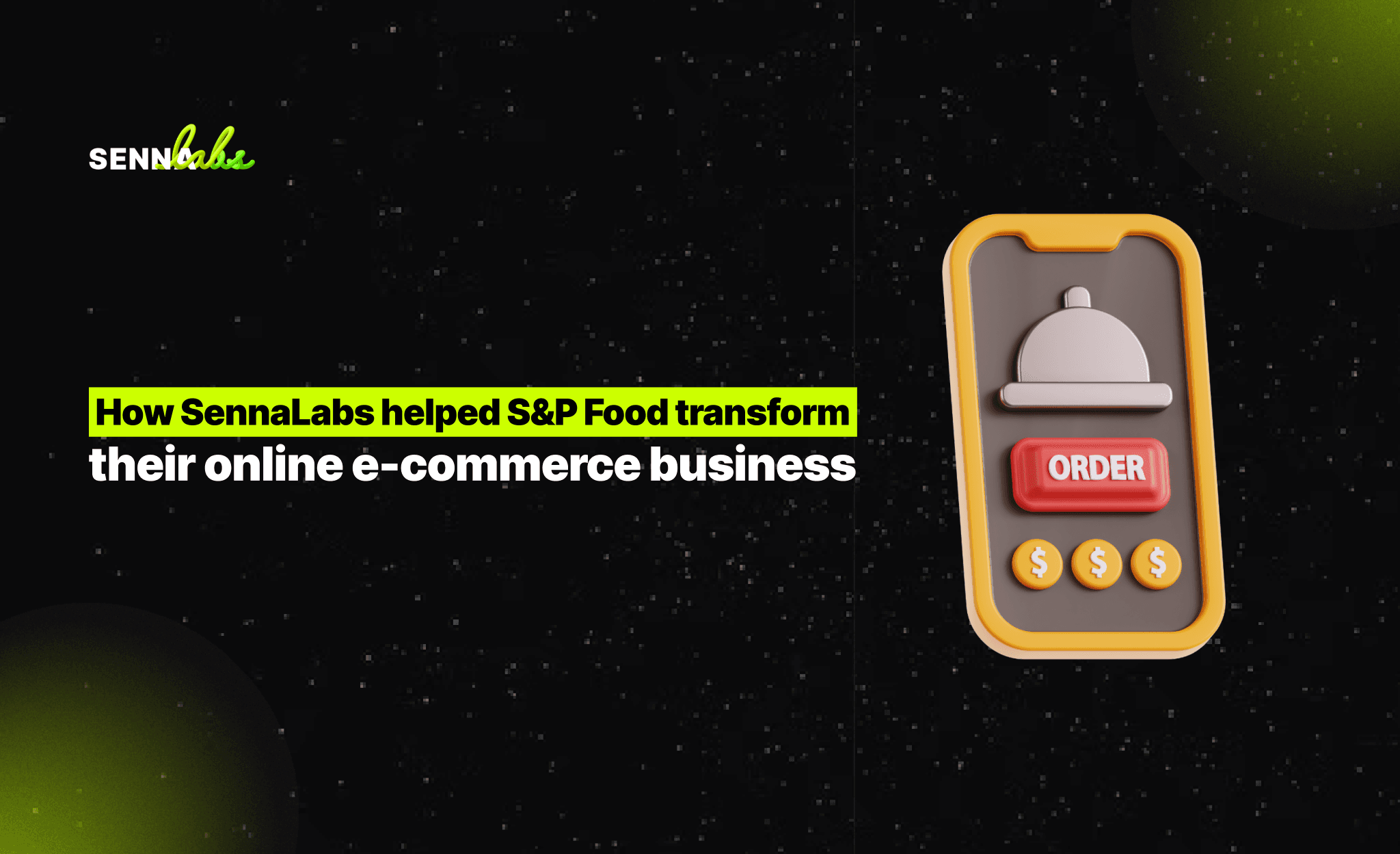Boosting Website Traffic with Responsive UX/UI Design

In today's digital landscape, having a responsive website design is no longer a luxury—it's a necessity. As mobile usage continues to dominate, businesses must optimize their websites to provide seamless experiences across all devices. This is especially true for industries like hospitality, where customers often make reservations through their smartphones while on the go.
In this article, we’ll explore how responsive UX/UI design can help boost traffic and conversions for a local restaurant’s website, particularly focusing on improving the mobile user experience to increase reservations.

Understanding Responsive UX/UI Design
Before diving into how responsive design can impact your restaurant's website, let's clarify what it means:
-
Responsive Design: This ensures your website adjusts its layout and functionality to fit the screen size of the device being used. Whether someone is viewing your site on a mobile phone, tablet, or desktop computer, a responsive website will offer an optimal browsing experience.
-
UX/UI Design: While responsive design focuses on layout and adaptability, UX (User Experience) and UI (User Interface) design are all about the ease of use and visual elements of the site. UX design ensures that users can navigate the website easily, while UI design handles the look and feel—colors, fonts, buttons, and interactive elements.
Together, responsive UX/UI design ensures that the website not only looks good but functions well, especially on mobile devices, where many restaurant visitors are likely to browse and make reservations.
Why Does Responsive Design Matter for a Restaurant Website?
For a local restaurant, your website is often the first impression customers get. With more and more users browsing websites from their smartphones, it’s essential to offer a smooth, easy-to-use mobile experience. If a website is difficult to navigate on mobile, users are more likely to abandon it and go elsewhere. For restaurants, this means potential reservations lost.
Here are some statistics that highlight the importance of mobile optimization:
-
Mobile Traffic Growth: A significant portion of restaurant website traffic comes from mobile devices. According to industry reports, over 50% of all web traffic now comes from mobile, and this trend continues to rise.
-
Conversion Impact: If a user has difficulty navigating a website, they’re less likely to complete a desired action, such as booking a reservation. A poor mobile experience can negatively impact your business's conversion rate.
By focusing on responsive design, you can offer a smooth, intuitive experience for mobile users, leading to increased conversions and a better overall user experience.
The Problem: High Mobile Traffic, Low Conversion
Let’s consider a local restaurant with a high number of visitors on mobile devices but a low conversion rate when it comes to reservations. In this scenario, the problem likely lies in the mobile user experience. Visitors are coming to the website, but they aren't converting into actual bookings.
Why is this happening?
There could be several reasons why mobile users are not completing the booking process:
-
Slow Load Times: If your website takes too long to load, visitors will quickly lose interest and leave.
-
Complicated Reservation System: If the reservation process is hard to navigate or takes too long, users may abandon the process midway.
-
Unclear Calls to Action (CTAs): If your reservation buttons or forms are hard to find or aren’t visually clear, users may get frustrated and leave.
-
Poor Mobile Layout: If the design doesn’t adjust properly on different screen sizes, users might struggle to interact with key features like menus or the reservation system.
Now that we understand the potential issues, let’s explore how responsive UX/UI design can solve them.
How to Use Responsive UX/UI Design to Boost Conversions
Here are some practical steps to ensure your restaurant’s website delivers an exceptional mobile experience and increases conversions:
1. Optimize for Fast Mobile Load Times
Slow loading speeds are a major deterrent for mobile users. If your restaurant’s website takes too long to load, potential customers may leave before they even see your menu or reservation form.
How to improve:
-
Optimize Images: Large, unoptimized images can significantly slow down your website. Ensure all images are compressed and properly sized for mobile screens.
-
Reduce Clutter: Remove unnecessary elements that could slow down your website. Streamline your design for fast performance.
-
Use Caching: Implement caching to ensure faster load times for returning visitors. This will make the experience smoother and quicker.
2. Make Navigation Effortless
Mobile users need quick, intuitive navigation to get to the key sections of your website, such as the menu, reservation page, and contact details. If navigation is complicated or unclear, users will leave in frustration.
How to improve:
-
Mobile-Friendly Menus: Ensure your navigation menu is easy to access and use on mobile. Consider using a hamburger menu (three horizontal lines) for a clean, simple mobile design.
-
Sticky Navigation: Consider using sticky headers that stay fixed at the top of the screen while users scroll, allowing them to access key pages (like the reservation page) at any time without scrolling back up.
-
Logical Layout: Organize your content logically. Place high-priority elements like the menu, reservations, and contact info where users can easily find them.
3. Simplify the Reservation Process
A complicated reservation process is one of the most common reasons mobile users abandon the site. Make it as easy as possible for users to book a table with minimal steps.
How to improve:
-
Short Forms: Ensure your reservation form is short and simple. Only ask for the essential information, such as the number of guests, reservation time, and contact details.
-
Instant Confirmation: After users submit their reservation, offer immediate confirmation (via a confirmation page or email). This assures them that their reservation was successful.
-
One-Click Reservations: If possible, integrate a one-click reservation system that automatically populates fields based on the user's previous interactions or preferences.
4. Clear and Actionable Calls to Action (CTAs)
CTAs are the prompts that guide users to take action, such as making a reservation or contacting you. On a mobile device, these buttons need to be clear, visually distinct, and easy to click.
How to improve:
-
Prominent CTA Buttons: Make your reservation button stand out by using contrasting colors and placing it at strategic points throughout the site (e.g., at the top of the homepage, within the navigation, and at the bottom of each page).
-
Descriptive Text: Use action-oriented text such as "Book Your Table Now" instead of generic phrases like “Click Here.”
-
Sticky CTAs: Consider using sticky buttons that remain visible as users scroll down the page. This ensures that users always have easy access to making a reservation.
5. Test on Different Mobile Devices
Mobile optimization is not just about resizing the layout. It’s also about ensuring that your website works well across various devices and screen sizes.
How to improve:
-
Responsive Design Testing: Use tools like Google’s Mobile-Friendly Test to ensure your website looks and functions well on all mobile devices.
-
Cross-Browser Compatibility: Check that your website works properly on all major browsers (Chrome, Safari, Firefox, etc.) to avoid any glitches that could disrupt the mobile experience.
Conclusion:
Responsive UX/UI design is crucial for any restaurant looking to increase mobile reservations and overall website conversions. By focusing on mobile optimization, you can make it easy for visitors to navigate your site, find key information, and complete the reservation process—all from their smartphones.
Key takeaways:
-
Optimize for fast load times to prevent bounce rates.
-
Streamline navigation for a simple, intuitive experience.
-
Make your reservation process as easy as possible with short forms and clear CTAs.
-
Test your site on multiple devices to ensure a consistent, seamless experience.
By making these adjustments to your website’s UX/UI design, you'll not only boost mobile traffic but also increase the likelihood that visitors will convert into loyal customers. With a responsive, user-friendly design, you can turn your website into a powerful tool for driving more reservations and ensuring a memorable dining experience for all of your guests.


Subscribe to follow product news, latest in technology, solutions, and updates
Other articles for you



Let’s build digital products that are simply awesome !
We will get back to you within 24 hours!Go to contact us Please tell us your ideas.
Please tell us your ideas.







